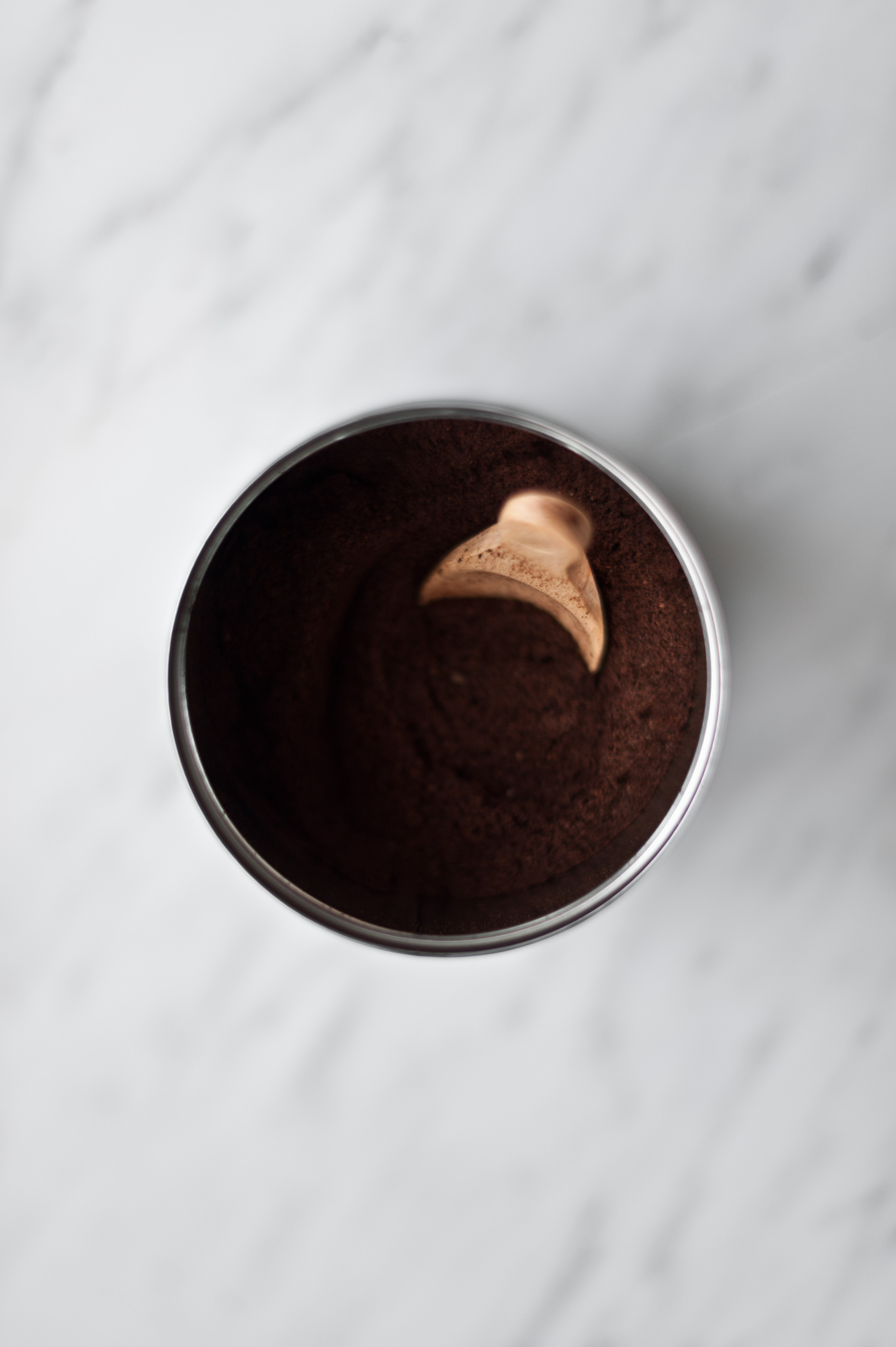Italian Edits: Mastering The Art of Italian Coffee
For an Italian, there’s nothing quite as enticing and comforting as the sound of the moka gurgling and sputtering on the stove. The aroma of freshly brewed coffee wafting from the kitchen down the hallway and into the bedroom is enough to get people out of bed. It works far better than any alarm clock.
Patented in Italy 1933 by Alfonso Bialetti, the moka (also known as stove-top percolator) is an indispensable part of any Italian household. It’s also by far the most popular Italian home-brewing systems. This is why, when Bialetti – undeniably, the most popular, recognisable and widely appreciated brand of percolators in the world – announced that it might be going out of business, Italians went into full-on despair. Who would replace the beloved moka when it breaks (or provide a new seal when it needs changed)?
Romanticism aside (and no one can deny Italy being big on that!), there’s much to love about this humble device: it’s inexpensive, easy to use, and able to brew coffee in very little time, and with very little effort. Also, it takes up very little space, and it’s pretty to keep in full display in the kitchen.
The style of coffee the moka produces is what’s known as caffé all’italiana. It resembles an espresso in size and strength, but it’s in fact quite different – less concentrated, and without the signature cream at the top. That said, its flavour is just as bold – strong, deep and aromatic – while the colour is almost pitch-black. It’s meant to be sipped in small amounts, in a small cup, piano piano.
So, you got your moka (and I recommend getting it before it’s too late, it might become a precious vintage piece!) and are ready to brew some coffee. But how does it work?
To make a good moka pot coffee, start with a quality-built machine, the size of which will determine how many cups you’ll brew (one, three, six and nine cups are commonly-available sizes, though there are bigger ones available too, in case you’re catering to a crowd). Then, choose your coffee: A medium-roast blend of arabica and robusta is best. Also, opt for fresh beans if you can, so you can grind them on a fine setting, until they resemble fine sand. Of course, you can also use already-ground coffee (it’ll say on the package if it’s suitable for stove-top percolators). Just know that freshly ground beans will give you a more flavoursome, aromatic end product.
Begin by unscrewing the top and bottom and remove the basket from the bottom part. Fill the bottom chamber up to the valve with filtered water. Set the funnel-shaped basket in place and fill it with the ground coffee, avoiding pressing it down but making a sort of mound with it instead. Twist the top on tightly. Wipe the moka clean.
Place the moka over a low flame. As soon as you hear it gurgling, turn off the heat and allow the coffee to come up completely. Carefully lift the lid to check that it has finished. Finally, stir the coffee inside the moka to even it out. Serve it right away in warmed-up espresso cups. Servings are about 60ml.
In my coffee cupboard:
Moka pot: Bialetti (in various sizes) (I own a one-cup, a three-cup and nine-cup moka and use them all regularly; I strongly suggest getting a couple of sizes to start).
Espresso cups: these are my current favourites (I own similar ones from Mud Australia) as they are the perfect size and come in a beautiful muted shade.
Coffee grinder: best if with a ceramic blade. I have this one, but love this one.


